Texas law provides a path for victims to seek financial compensation when someone is injured due to another person's negligence. Whether you were hurt in a car accident, slipped and fell on someone’s […]
Personal injury lawsuits are often in the news, probably more so that the average person would like to see. Some of these lawsuits are more well-known than others for various reasons. Some of the more historic personal injury lawsuits (ones which had a significant impact on our laws) are identified and discussed blow.

In order for an injured party to collect for personal injury damages, the party must have evidence to support its claim the defendant owed the plaintiff a duty of care. In this case, the final determination was that Long Island Railroad did not owe a duty of care regarding the package. This standard would not have applied had Mrs. Palsgraf been injured if objects as fallen from a train as it passed by.
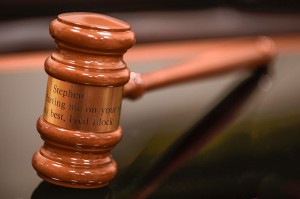
Mabel Falzone, wife of Charles, was not injured by the impact of the crash, but as the car veered across the roadway in the direction of the car in which she was sitting, she felt fearful for her safety which caused her to need medical attention due to illness that resulted from her fear.
The state of New Jersey does not have any provision for collecting damages for bodily injury of sickness when there is no physical impact involved. New Jersey’s stand is that generally a person does not suffer illness as a result of fright.
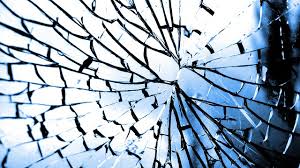
The defendants in the lawsuit owned the building where the plaintiff was injured by the shattered glass, and they had not used shatterproof glass (as is common practice) but ordinary glass for the tub enclosure.
The question in this case is whether the actions of the defendants prove they failed to act appropriately under the circumstances. While the original court acted in favor of the plaintiff, the Appellate Division reversed that decision and dismissed the complaint.
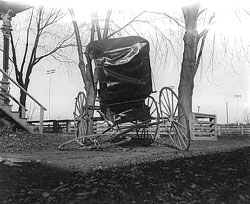
The plaintiff in this case was killed when a car driven by the defendant struck his buggy. The defendant argued that the plaintiff’s buggy lacked lights and requested a ruling that showed this to be contributory negligence.
Setting aside the facts of the case, there is some question here of whether the plaintiff was at least partly at fault for the accident and his resulting death. It was dark, and there were no lights on the buggy which was clearly a violation of a statute.
While the trial court found in favor of the plaintiff, the appellate court reversed the decision which the plaintiff also appealed.
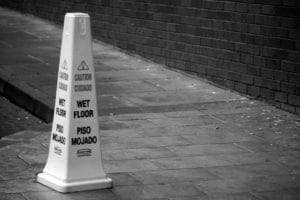
Even though the jury found in favor of Negri, the Appellate Division of the New York Supreme Court dismissed the complaint.
This reversal was based on the fact the defendant provided evidence, though circumstantial, that showed the store provided sufficient notification of the hazardous condition. This evidence supports the stand that while a store has an obligation to protect its customers, they did not have cause for a lawsuit in cases where there is sufficient warning of hazardous situations.

The evidence did not point to which one of the defendants actually fired the shot that hit Summers, so he filed a personal injury lawsuit against both hunters. Although the trial court found in favor of Summers, Tice and Somonson appealed on the basis there was not enough evidence to determine which one of them was the cause of Summer’s injuries. The appeals court upheld the ruling. This decision is the fairest one since it is impossible to determine how much damage each defendant caused and unfair for the injured party to be denied damages because of a lack of knowledge regarding which party caused the injuries to the plaintiff.
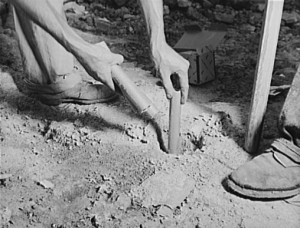
The lawsuit was initiated in order to recover damages for the next of kin for what was believed to be an act of wrongful death as a result of actions by the defendants. During the first trial a judgment was issued in the plaintiff’s favor but reversed on appeal because of errors in the ruling, but during the second trial the ruling was affirmed. In spite of the defendant’s appeal, the judgment was affirmed. Even though the act was legal and on private land, the fact that it cased an entry onto public land (the roadway) made it an issue of negligence.
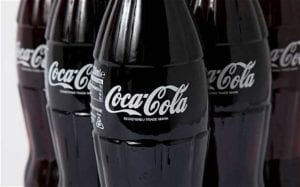
The court examined the record and determined there was nothing to support the possibility the restaurant did anything to cause the bottle to break after it was delivered from the manufacturer. They ruled the bottle itself was defective at the time the defendant delivered it to the restaurant since bottles of carbonated liquids that are properly prepared simply do not explode when they are handled carefully.
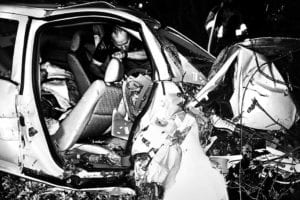
The trial jury awarded the plaintiff $1.65 million, an amount the Court of Appeals affirmed. General Motors argued under appeal that the court was wrong in its decision because of it was a complex design-defect case. It also failed to provide General Motors any special instruction on the cause of the problem. The court felt there would have been no difference in the end result in spite of the improper instruction.
Note: The information that was utilized in this post was gathered from the use of secondary sources. This information used has not been confirmed or independently verified. If you locate any information that is not correct, please contact our firm as soon as possible so that we can make the appropriate corrections. If you find any information that is false, we will remove or correct the post immediately after it is brought to our attention.
Disclaimer: As a valued member of the Dallas community, Rasansky Law Firm’s goal is to improve the safety of all residents in the great state of Texas. These posts should not be viewed as a solicitation for business and the information included herein should not be taken as medical or legal advice. The photos used in this post are not representative of the actual crash scene.
Over 30+ Years Of Personal Injury Experience
Top-Rated and Award-Winning Personal Injury Lawyers
Attorneys Available to Discuss Your Case Now
No Fee Unless You Win
Free Confidential Consultation.
Fill out the form below to receive a free and confidential initial consultation with an experienced personal injury lawyer.